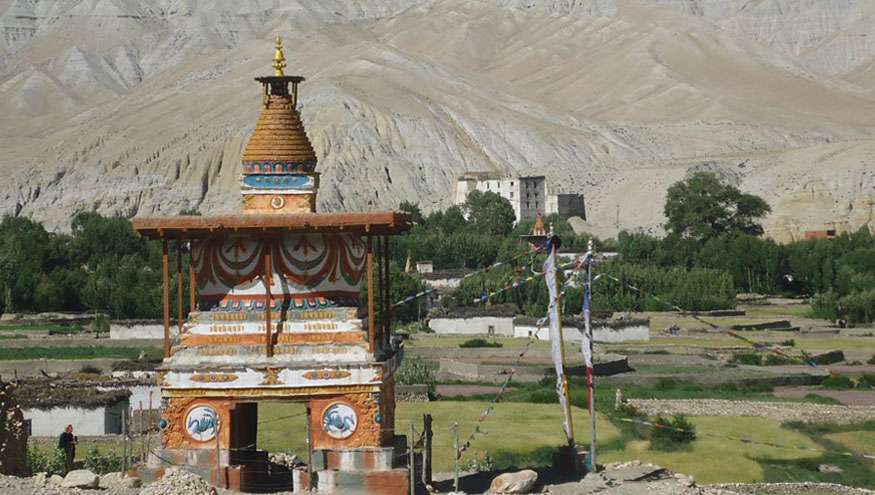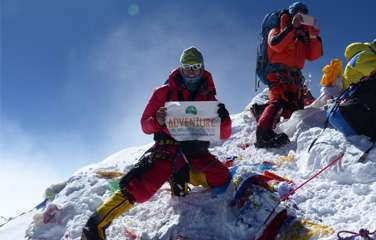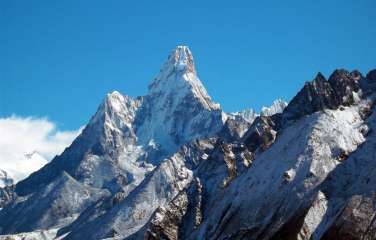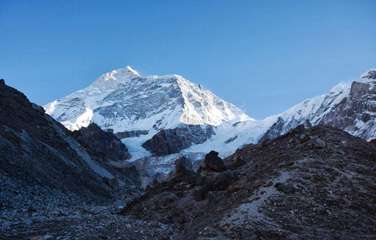Useful Information
Saribung Expedition route
The Saribung Expedition begins with a scenic flight from Kathmandu to Pokhara to Jomsom. From here, you begin trekking via Kagbeni village to reach Chuksang. The trail then passes by small villages like Samar, Gelling, and Dhakmar to lead you to Lo Manthang, the forbidden kingdom. Further, the trail gradually ascends to Luri Gompa and heads to Damodar Kunda. From here onwards, you climb the Saribung Peak and reach its summit. The trail then descends through Phu and other villages to Besishar from where you drive back to Kathmandu.
Saribung Expedition difficulty & Altitude Sickness
Saribung Expedition is a challenging journey for those who are new in climbing in the Himalayas, however if you have previously summited 6,000 meters above peak, then climbing this mountain will be easy for you. The trail is difficult and involves off-the-beaten trekking. There will be many steep and rocky sections that you have to cross. Likewise, you also have to cross a few passes to reach the summit. Therefore, sound health, strong physical fitness, and will-power are needed to go on Saribung Expedition 24 Days.
Altitude sickness can be a major issue you have to look out for during the Saribung Expedition. The trip leads to a high elevation, which can trigger altitude sickness if not given proper attention. Enough acclimatization days in between the trek with plenty of water and good food is needed to avoid altitude sickness. With us, you can trek without any worry as we have designed our Saribung Expedition itinerary with ample rest days.
Best time to go on Ama Dablam Expedition
March to April is the best time of the year to go on Saribung Expedition. The day starts to get warmer with stable weather and a moderate climate. Likewise, the views are clear and stunning with a range of flora and vegetation all around the trail. Another best time for this expedition is from October to November.
Accommodation & Meals
In the villages, you stay overnight in the teahouse. Teahouse offers a twin-sharing room with a common washroom mostly. If you are looking for a single room, then it can be difficult to get. The services in the teahouse are pretty basic with no modern facilities. In some places, you might find a hot shower in exchange for a few bucks. While climbing, you stay overnight in tents. All the tents we provide are high-quality and carried by the crew members. Every member of the group will get single sleeping tents with a shared dining and washroom tents.
Three meals a day are included in the package with welcome dinner and farewell dinner. The meals will be served as per the menu of the teahouse. Tibetan, Nepali, Continental, and Indian dishes are mostly available. During camping, the meals will be prepared and cooked by the crew members. There will be a range of dishes to choose from for meals.
Communication & Electricity
You can get WiFi and cellular network in the lower mountain villages. As the elevation will increase, the network will get weaker with no means of communication at the end. Don't worry, the Sherpa guide will be equipped with a Satellite phone that will help the crew to contact the base camp and management team in the city. Electricity is available in the villages. You can see both hydropower electricity and solar electricity on the way. We highly suggest you carry extra batteries with you if you have any electric device and do not rely on electricity for charging them.
Travel Insurance
To go on Saribung Expedition travel insurance is mandatory. Travel insurance will keep your back safe in case of an emergency. Your travel insurance must include things like air evacuation, hospital bills, medical bills, flight cancellations, and loss or theft of property. Foreigners are not allowed to take out travel insurance in Nepal, therefore get one in your home country.
Guide & Porter
During the expedition, you will get full support from our team. You will be guided by a professional and government-licensed Sherpa guide who has climbed Mt. Saribung before. The several years of expertise of our guide will keep you safe and sound on the trail. Similarly, you will also be joined by porters who will carry all the loads and assist you during the climbing.
Environmental Contribution
Our expeditions are organized and planned involving sustainable tourism. During the expedition, we carry all of the necessities with us that can result in more waste generation, therefore we make sure a maximum number of our things are eco-friendly. Likewise, we apply other different measures during the expedition so that our excursion does not harm the environment. We also run a small organization that funds education for children from mountain villages.





